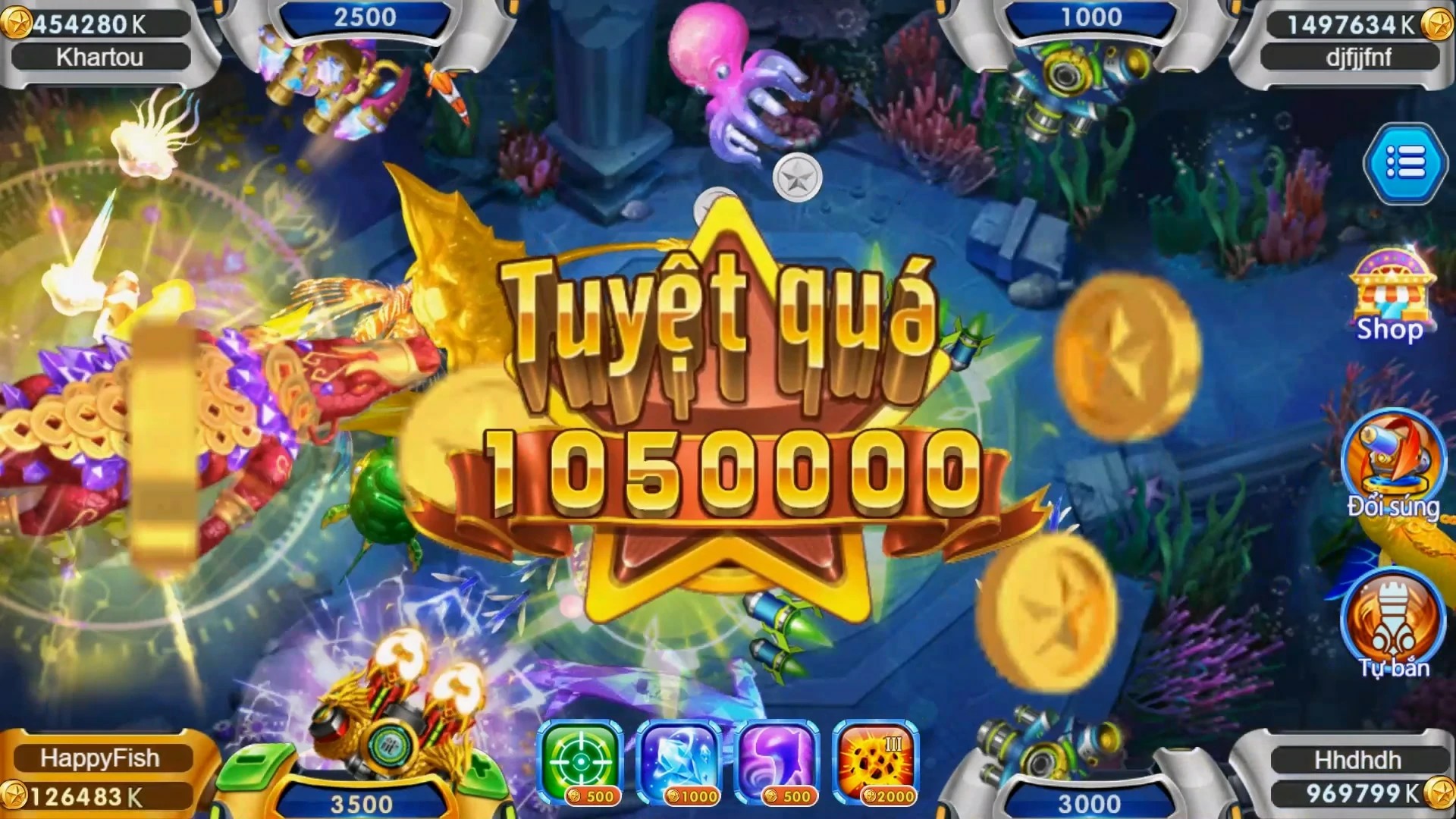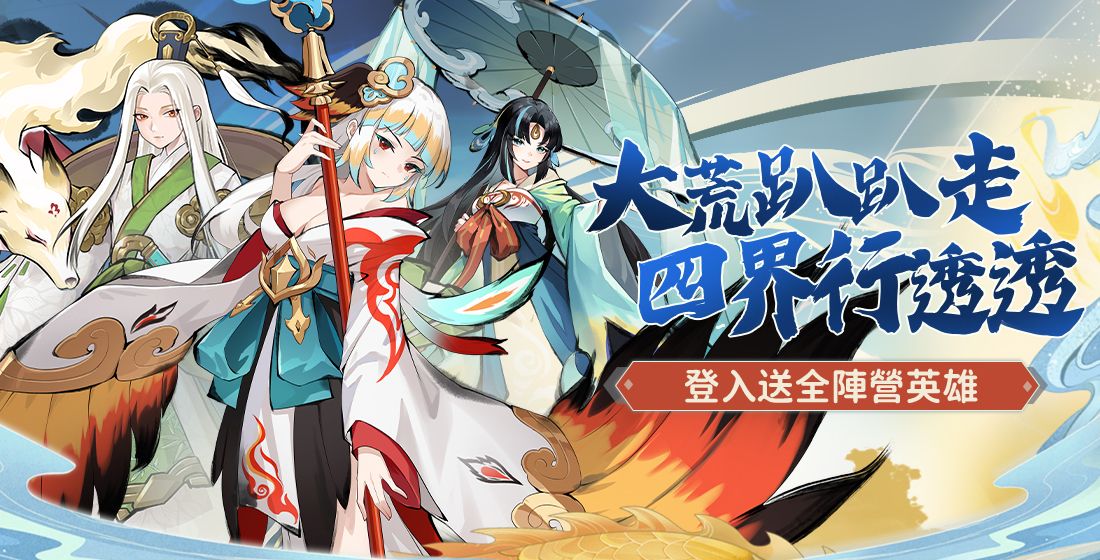Multiplayer Games Are Shaping the Future of Play
They said it wouldn’t last. That big studios owned the spotlight. But multiplayer games from unseen corners are rising—quiet, bold, and wildly creative. Forget billion-dollar budgets. Now, a basement dev with a dream can outshine EA any day.
You don’t need EA Sports FC 25 gameplay to feel the pulse of competition anymore. Not when a 20-person team drops a rogue-like arena that’s got Discord buzzing at 3 AM. The hunger? Real. The chaos? Organized. And somehow… better.
Indie games used to mean “weird little thing my cousin coded." Not now. Today’s indies have netcode. Servers. Voice chat. They aren’t waiting for publishers. They’re launching, failing, patching, evolving—faster than you can update your console.
The Secret Weapon? Human Connection
Why are so many switching from scripted solos to shared lobbies? Because playing alone feels… empty. A victory with no one to scream into the mic about? Pointless.
- Co-op survival in a zombie snowpocalypse made in Poland
- Asymmetric horror where one friend plays as the ghost
- Digipets with breeding mechanics—and an auction house?
These aren’t niche anymore. Steam lists show multiplayer indie titles gaining players 40% faster than traditional AAA launches. The twist? Many launched with zero marketing. Pure word of mouth. Like games were in '03.
Why Big Studios Are Sweating
EA can dump $50M into EA Sports FC 25 gameplay with 8K sweat pores on each player model, but if the matchmaking feels robotic, people bounce. Meanwhile, a tiny title like “Starbond Rally" lets you team up with strangers to rebuild galaxies post-collision—and charges $6. And it's profitable.
| Feature | Big Studio Title | Indie Multiplayer |
|---|---|---|
| Matchmaking Speed | 45 seconds avg | 18 seconds avg |
| Patch Frequency | Quarterly | Weekly or daily |
| Community Input | Surveys (ignored) | Direct Discord feedback → next patch |
| Price Point | $70 | $5–$25 |
And it’s not just about cost. It’s control. Who wants another year of pay-to-win cosmetics in a soccer sim? When players demand dynamic seasons, procedural events, player-driven economies… that’s when indies shine. They move fast. They listen.
Switch Lite Gamers? You're Not Forgotten
You’re on the go. Got 15 minutes on a train to Odense. Want a best switch lite rpg games fix that doesn’t need Wi-Fi? Fine. But what if I told you there’s one that links to strangers’ realms once a week for chaos events?
A rising trend in handheld indie titles: occasional sync modes. Play solo normally, but each Sunday, your save syncs to a mesh network where you invade—or assist—players across Europe.
No, it’s not in the top charts. But in Danish gaming cafés, it’s passed around like mix tapes. Kids trading tips like, “If your goblin trader has blue eyes, avoid Hamburg servers. They’ll scam you with cursed turnips."
Key Takeaways:- Multiplayer indie games are growing because they listen and adapt—fast
- Limited budgets don’t kill creativity; they fuel it
- EA Sports FC 25 gameplay looks crisp—but feels stale compared to organic online vibes
- Even solo-friendly devices like Switch Lite are getting in on the shared fun
Where We Go From Here
The future ain’t polished. It’s janky. It crashes sometimes. A Danish dev once sent out a patch at 4 AM that turned all characters into ducks for three hours. Everyone loved it.
Indie doesn’t mean “minor" anymore. When connection matters more than graphics, when a voice from Lisbon laughs with yours during a heist gone wrong, it doesn’t matter if the walls are low-poly. It feels alive.
multiplayer games aren’t the future. They’re the present. Big studios still own engines and ads and shelves. But the heartbeat? It’s underground. Pulsing in lobbies run by teams with more passion than dental plans.
Sure, grab your copy of the shiny soccer sim if you like. Boot it up. Watch the blades of grass sway. But when you’re done… log into that strange, weird title where players trade goat horns for firewall upgrades.
That’s where the world’s playing now.
Turns out, you don’t need millions. You just need one good idea—and someone to share it with.
ConclusionIndependent developers have seized the multiplayer crown by prioritizing player experience over polish, community over branding. While flagship titles focus on fidelity, indie titles offer authentic social moments, quick updates, and inventive gameplay. Even portable gamers in Denmark hunting for the best switch lite rpg games are finding their next obsession in lightweight, social-enhanced adventures. The reign of rigid, high-budget isolation ends here. The era of indie-driven connection has started—and it's just getting warmed up.



